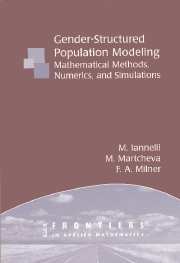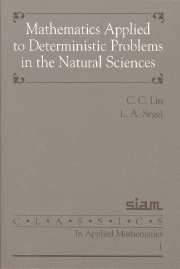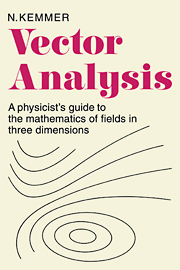Gender-structured Population Modeling
Gender-Structured Population Modeling: Mathematical Methods, Numerics, and Simulations gives a unified presentation of, and mathematical framework for, modeling population growth by couple formation. It provides an overview of both past and present modeling results. The book provides results on model analysis, gives an up-to-date review of mathematical demography, discusses numerical methods, and puts deterministic modeling of human populations into historical perspective. The authors describe several models and derive the theoretical results that demonstrate the validity of these models. The numerical methods for approximating the solutions of the differential models - the equivalent of creating discrete simulators - are delineated. Simulation results are compared with actual demographic data to show some of the difficulties concerning the availability of data and to show that mathematical demography provides reasonable qualitative and quantitative estimates. The models in this book can be applied to different sets of data.
- An excellent reference for demographers as well as graduate students and mathematicians interested in population dynamics
- Is also a great source for further research on the subject
- Several models are described and the theoretical results derived demonstrate the validity of these models, which can be applied to different sets of data
Product details
April 2005Paperback
9780898715774
184 pages
254 × 176 × 11 mm
0.343kg
This item is not supplied by Cambridge University Press in your region. Please contact Soc for Industrial null Mathematics for availability.
Table of Contents
- Preface
- 1. Historical perspective of mathematical demography
- 2. Gender structure and the problem of modeling marriages
- 3. Well-posedness of the Fredrickson-Hoppensteadt two-sex model
- 4. Numerical methods
- 5. Age profiles and exponential growth
- Appendix
- Bibliography
- Index.








